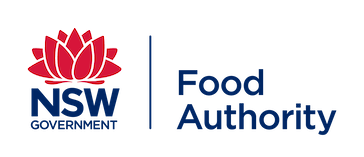Wagonga Inlet Narooma algal toxin alert
NSW DPI advises people not to consume shellfish collected or caught from Wagonga Inlet, Narooma, due to the risk of Amnesic Shellfish Poisoning (ASP). Amnesic shellfish toxins are produced by certain toxic algal species. High concentrations of Pseudo-nitzschia species have recently been detected in the waters of Wagonga Inlet.
The NSW Food Authority has confirmed that toxins have been detected in shellfish from Wagonga Inlet. Shellfish taken from the Wagonga Inlet/Narooma area should not be eaten. Cooking does not destroy the toxins.
Symptoms of ASP occur within 24-48 hours after consuming contaminated shellfish. Symptoms can include nausea, vomiting, diarrhoea and abdominal cramps. In severe cases dizziness, hallucinations, confusion, short-term memory loss, seizures and even death can occur. Anyone experiencing these symptoms after eating seafood from or near the affected area should seek immediate medical attention.
Amnesic Shellfish Poisoning is rare, but it is important that people follow this advice to avoid getting sick.
The NSW Food Authority is monitoring the situation and advises to only eat shellfish harvested under a recognised commercial program. Commercial shellfish harvest in the area has ceased and product in the market place is not affected.
If any health effects are experienced from contact with water affected by algal blooms, medical advice should be promptly sought.
This media alert only reports algal blooms that have been brought to the attention of NSW DPI. Algal blooms may be present in other areas.
Algal blooms can occur anywhere along the coast and are normally the result of the surge of nutrient rich deep ocean water onto the continental shelf, and can often be seen after rainfall events in estuaries and in river mouths. Some of these algae produce harmful toxins that can build up in marine shellfish.
For more information go to www.foodauthority.nsw.gov.au/foodsafetyandyou/special-care-foods/recreational-harvest-of-seafood
